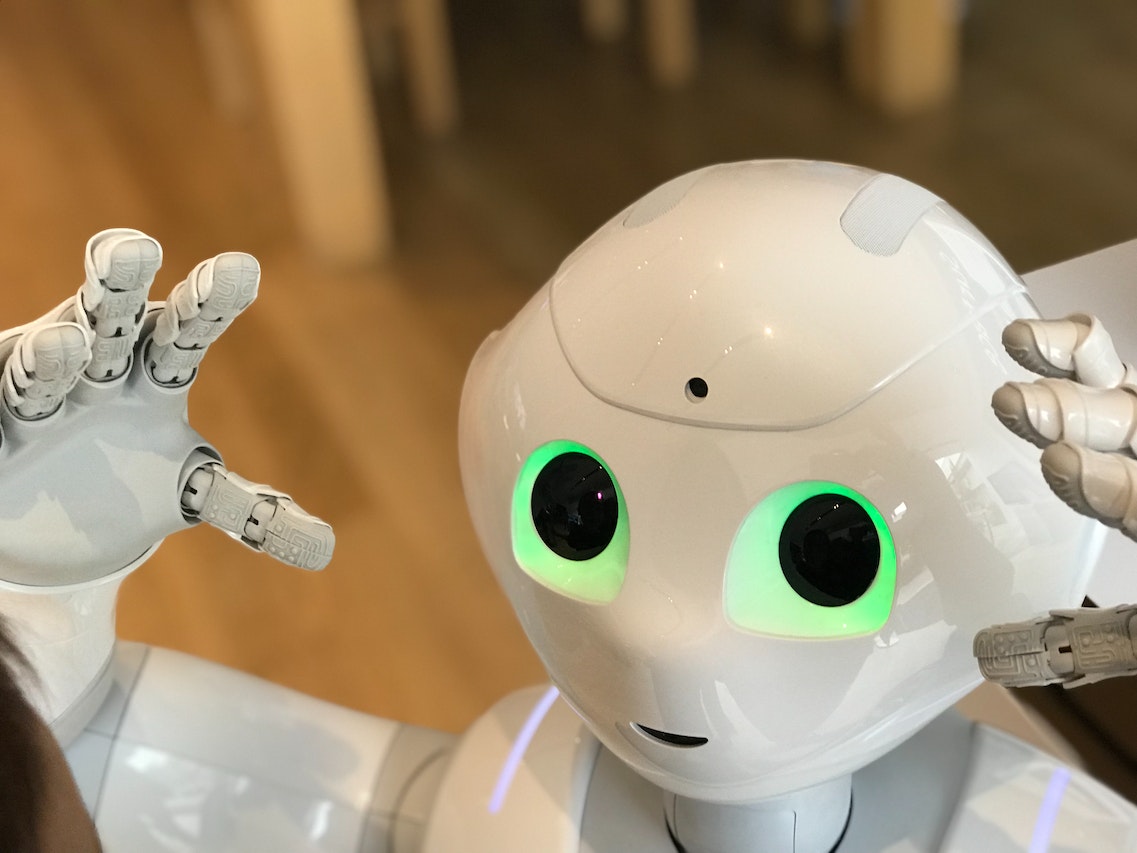Robotic Process Automation, also known as RPA, is a software technology that automates rule-based tasks performed daily within an organization. RPA software recreates human actions such as data entry, file manipulation, and communication between systems. By automating these tasks, RPA helps to reduce human error, improve efficiency, and save time and money. RPA is being increasingly utilized in application development as it can automate testing, deployment, and monitoring of applications. RPA can also be seen in the development of applications for automating tasks such as data extraction and migration, report generation, and data analysis. The use of RPA in application development allows developers to focus on more sophisticated and creative tasks, while routine and repetitive tasks are automated, leading to faster development times and higher quality applications. With the increasing adoption of RPA, it is likely to become a standard practice in application development.
Understand the Benefits of RPA in Terms of Cost & Time Savings
RPA, offers numerous advantages in terms of cost and time savings. RPA can automate repetitive, manual tasks and processes, leading to significant cost savings by reducing the chances for human labor. RPA also improves efficiency and accuracy by reducing the potential for human error. Additionally, RPA can save time by automating tasks such as:
- data entry
- report generation
- application testing
RPA allows developers to concentrate on more difficult jobs and creative work while the automation program takes care of the mundane tasks. RPA can thereby shorten the time needed for application development and raise the caliber of the finished product. RPA is a solution that is gaining popularity across many industries, including manufacturing, healthcare, and finance, because it offers time and cost benefits.

RPA is Enabling the Growth of Autonomous Applications
Robotic Process Automation is rapidly enabling the growth of autonomous applications. With the help of RPA, software applications can be designed to operate independently, performing tasks that would typically require human intervention. This means that applications can automatically process data, make decisions, and perform tasks without human intervention, which can increase efficiency, accuracy, and speed.
The development of autonomous applications is made possible by the use of RPA in the application development process. By automating repetitive and manual tasks, developers can focus on designing and developing more complex functionalities for the application. With the growth of autonomous applications, there is an increasing demand for RPA in various industries, such as healthcare, finance, and manufacturing, where automation can provide significant benefits in terms of cost and time savings.
An example of RPA enabling the growth of autonomous applications is the use of chatbots in customer service. By integrating RPA with chatbots, businesses can create more intelligent and efficient customer service experiences. Chatbots can be programmed with RPA to perform many repetitive actions, such as answering frequently asked questions or providing account information, without the need for human intervention. This allows businesses to provide faster and more personalized service to their customers, while also freeing up human resources to focus on more complex tasks. With the growth of autonomous applications, businesses can leverage RPA to create more efficient and effective processes, leading to increased productivity and profitability.
Analyzing The Challenges Faced by Companies When Developing Applications Using Robotic Process Automation
While Robotic Process Automation (RPA) has numerous benefits in terms of cost and time savings, there are also challenges that companies may face when developing applications using RPA. One of the main challenges is developing applications with efficiency in mind. While RPA can automate repetitive and manual tasks, it requires careful planning and analysis to determine which tasks are suitable for automation.
Additionally, companies must ensure that automated processes are reliable, secure, and scalable to handle increased volumes of data and users. Another challenge is integrating RPA into existing applications and systems.
The integration process can be complex, and companies must ensure that the RPA solution is compatible with other technologies and that it keeps the existing workflow intact. Finally, it is crucial to ensure that the RPA solution meets all regulatory requirements and industry standards to maintain compliance and avoid penalties. To overcome these challenges, companies must develop a comprehensive RPA strategy that includes careful planning, analysis, and testing of the RPA solution.
How to Choose The Right Robotic Process Automation Solutions for Your Business?
When selecting robotic process automation (RPA) solutions to work for your needs, there is a number of essential considerations. First, it is important to evaluate the capabilities of the RPA software and determine whether it can effectively automate the specific processes required for your business operations. Additionally, it is crucial to assess the scalability of the Logitech keyboard software to ensure it can accommodate potential growth in the future. Another key consideration is the level of customer support and training offered by the RPA vendor to ensure effective implementation and maintenance. Cost is another important consideration because certain RPA solutions can be pricey. Finally, it’s critical to assess the vendor’s standing and record of achievement to make sure they possess the knowledge and experience required to suit your company’s needs. Businesses can select the best RPA solutions to support their applications and streamline their processes by taking into account these considerations.



